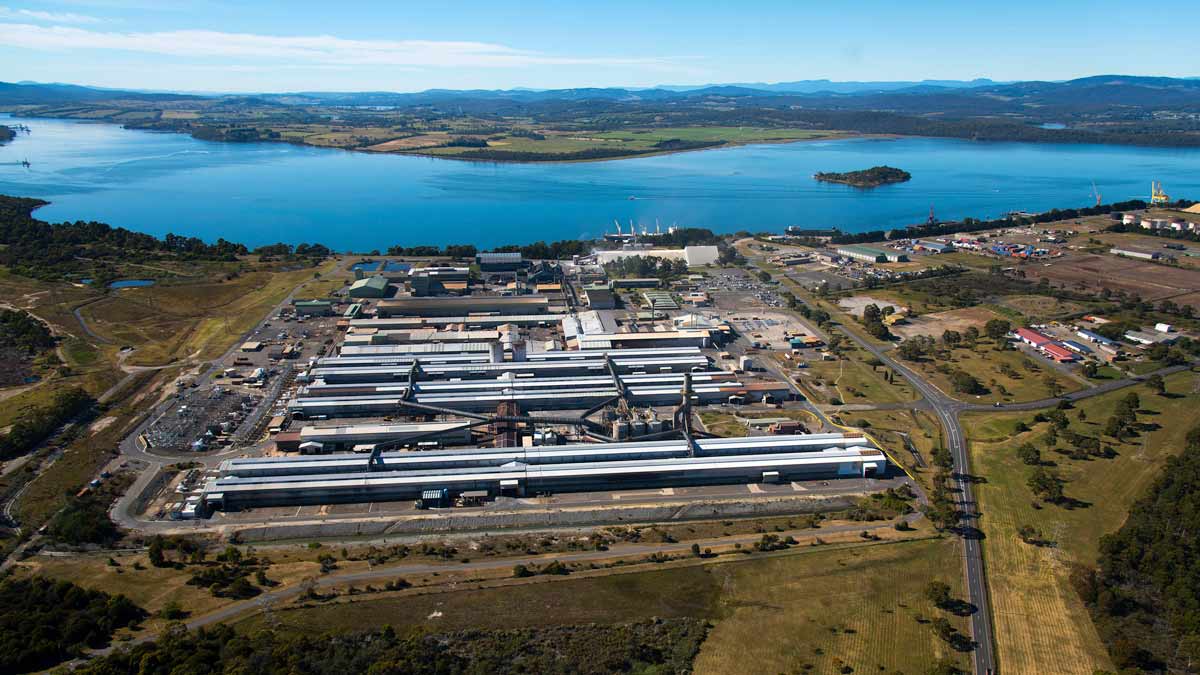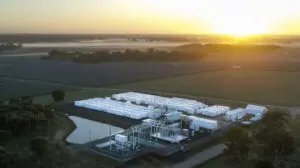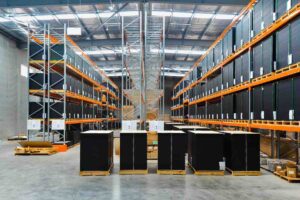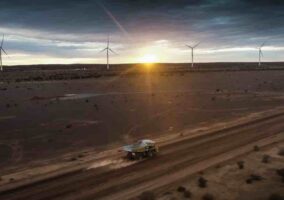The Albanese government has dedicated a further $50 million to Australia’s pursuit of green hydrogen and metals, with the new funds to be distributed by ARENA through two separate research and development funding rounds.
The two, $25 million funding rounds opened this week to expressions of interest from a range of projects across renewable hydrogen and green metals R&D, including lab-based research and assistance with commercialisation down the line.
The hydrogen round will focus on production and storage methods, with a view to cultivating a major Aussie export industry, while the iron and steel round will look to significantly reduce emissions across the value chain.
In fact, the two may turn out to be closely related, with green hydrogen being investigated (and in some cases demonstrated) as an alternative to coke in the reduction of iron ore, a critical phase in the making of steel.
Federal energy and climate minister Chris Bowen says the government’s support for clean energy research and development will be crucial to Australia’s energy and low-carbon transformation.
“The world’s climate emergency is Australia’s jobs opportunity, and the best way to seize that opportunity is by investing in Australian research and technology and deploying it,” Bowen said.
“Developing technology to make, store and use hydrogen is essential, including to tap our potential as a competitive exporter of energy-intensive green metals.
“Australia can and should become a renewable energy superpower, continuing our role as a reliable energy exporter around the world.”
The new federal government funding coincides with the release of the latest annual State of Hydrogen report, which takes a look at Australia’s progress along the road to becoming a global leader in the rapidly emerging sector.
According to the report, more than 100 Australian green hydrogen projects such as green ammonia and green methanol manufacturing were announced over the course of 2022 alone, more than doubling the number announced in 2021.
In an introduction to the report, Bowen says that the announced pipeline of more than 100 hydrogen projects is worth
around $230-300 billion of potential investment and “underlines Australia’s potential to be among the global leaders” in the sector.
But as Bowen also notes, this year’s State of Hydrogen report is “also a call to action,” with most of the project
announcements in the pipeline yet to reach final investment decisions.
Indeed, a look through the 100-plus projects attached as an appendix to the 108-page report – and largely compiled using CSIRO’s HyResource Industry Projects database – shows that a great deal are listed as “under development,” which according to the report takes in “a range of ‘stages’ …[including] projects in concept stage, undertaking initial feasibility studies or initiating FEED studies.”
Further the list of projects reveals that not all are “green” as the report introduction claims, but rather the more nebulous “clean;” or not that clean at all, but on their way to becoming green some time in the future.
For example, the Abel Energy Bell Bay Powerfuels project, listed as under development in Tasmania, is said to be developing a large-scale, renewables-based hydrogen and hybrid e-methanol facility that will use biomass gasification of plantation forestry residues in conjunction with electrolysis to produce green methanol. Direct capture of CO2 from the atmosphere is also being assessed.
Another project listed as under development, the Hydrogen Refueller H2Perth, proposes a self-contained hydrogen production, storage and refuelling station co-located with Woodside’s proposed H2Perth project (a large-scale domestic and export-oriented hydrogen and ammonia production facility) in the Rockingham Industrial Zone near Perth.
According to HyResource, the hydrogen for the refueller station would be supplied using a 2MW electrolyser that would be powered by renewable energy sourced from the WA grid. “As required, Woodside would also make use of Renewable Energy Certificates.”
This highlights one of the key problems plaguing the emerging clean hydrogen industry, being the many shades of grey – or blue, or brown, or black – defining how hydrogen is made and the blurring of the lines around when you can call it “clean.”
The term “clean” hydrogen is often used to mean not only green hydrogen – made by splitting water into hydrogen and oxygen using renewable electricity – but also “blue hydrogen,” which is made by capturing and storing the CO2 emitted when making hydrogen from gas (or even coal).
The term “green hydrogen,” however – as used in the media release to describe the 100 projects added to Australia’s development pipeline in 2022 – only ever applies when hydrogen is produced using 100% renewable electricity as the power input.
Currently, Australia’s National Hydrogen Strategy, as launched in November 2019 commits to making Australia a top exporter of “clean hydrogen,” leaving wriggle room for gas and coal.
Potentially, this will be adjusted in the “refresh and update” of the National Hydrogen Strategy promised by Bowen and the state and territory energy and climate ministers as a result of their February meeting.
Green hydrogen is certainly the global standard that is rapidly being set, and as Bowen notes in the report introduction, on this score “we face determined competition” from other countries.
“By 2050, Australia’s hydrogen industry could generate $50 billion in additional GDP and create more than 16,000 jobs in regional Australia,” the minister says.
“We have a great opportunity for entire new industries from Townsville to Gladstone, the Hunter Valley, the Pilbara, Port Bonython and Bell Bay through hydrogen hubs.
“We know our trading partners are looking to us to supply Australian hydrogen, and our industrial base requires it.
“We will keep our foot on the accelerator to achieve the scale of industry development necessary to compete internationally.”
The amount of money the government pours into hydrogen – and how high it puts it on the national decarbonisation agenda – has also come under scrutiny recently.
Last week Rewiring Australia co-founder Saul Griffith warned parliamentarians that spending big on hydrogen was diverting critical funds away from Australia’s unparalleled solar and wind resources and from the push to slash emissions and consumer costs through widespread electrification.










